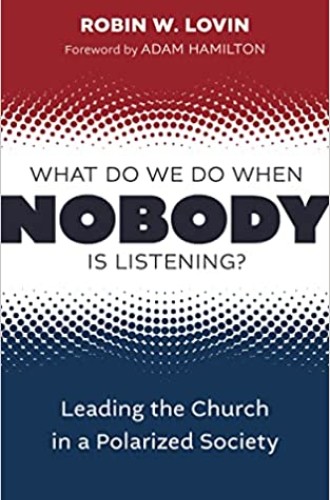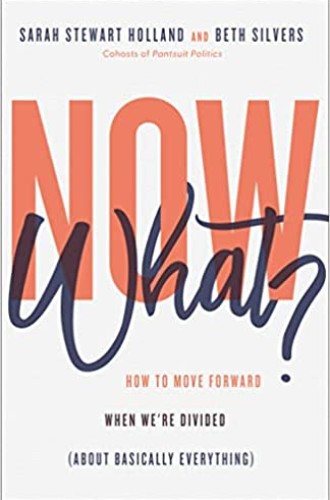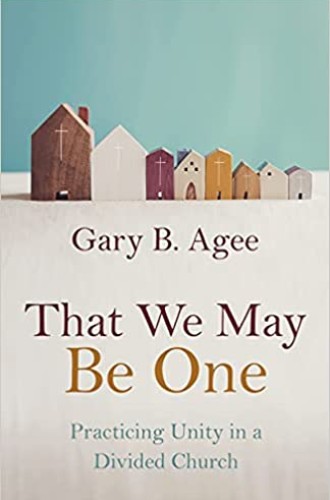In polarized societies like the contemporary United States, it sometimes seems like the only thing we can all agree on is the fact that we’re polarized. Consensus is emerging that our country is more divided now than in recent memory, and across the political spectrum many are concerned that the fabric of American society is tearing apart. Yet even among those who agree that polarization is a problem, there is disagreement about what kind of problem it is. What is the nature of this widespread division, and what sort of remedy is called for?
Three new books take up these questions, offering insights for Christians who want to love their enemies in these tense times. Ethicist Robin Lovin draws upon Reinhold Niebuhr’s Christian realism to reexamine political advocacy in a pluralistic state. Sarah Stewart Holland and Beth Silvers, cohosts of the popular podcast Pantsuit Politics, offer more anecdotes than footnotes as they invite readers to reflect on their relationships and reframe the conflicts in their own lives. Pastor and historian Gary Agee expounds biblical narratives in which people courageously find community with diverse others.
You can open to any page in one of these three books and immediately identify whether it’s the book written by an ethicist, the book written by two podcasters, or the book written by a pastor. But the differences between them are more than stylistic. Each offers its own diagnosis of what is dangerous about polarization. For Lovin, polarized America suffers from a lack of arguments. For Holland and Silvers, polarized America suffers from a lack of connection. For Agee, polarized America suffers from a lack of unity. These three diagnoses are not mutually exclusive, and together they give a more comprehensive understanding of polarization’s effects on American culture.







